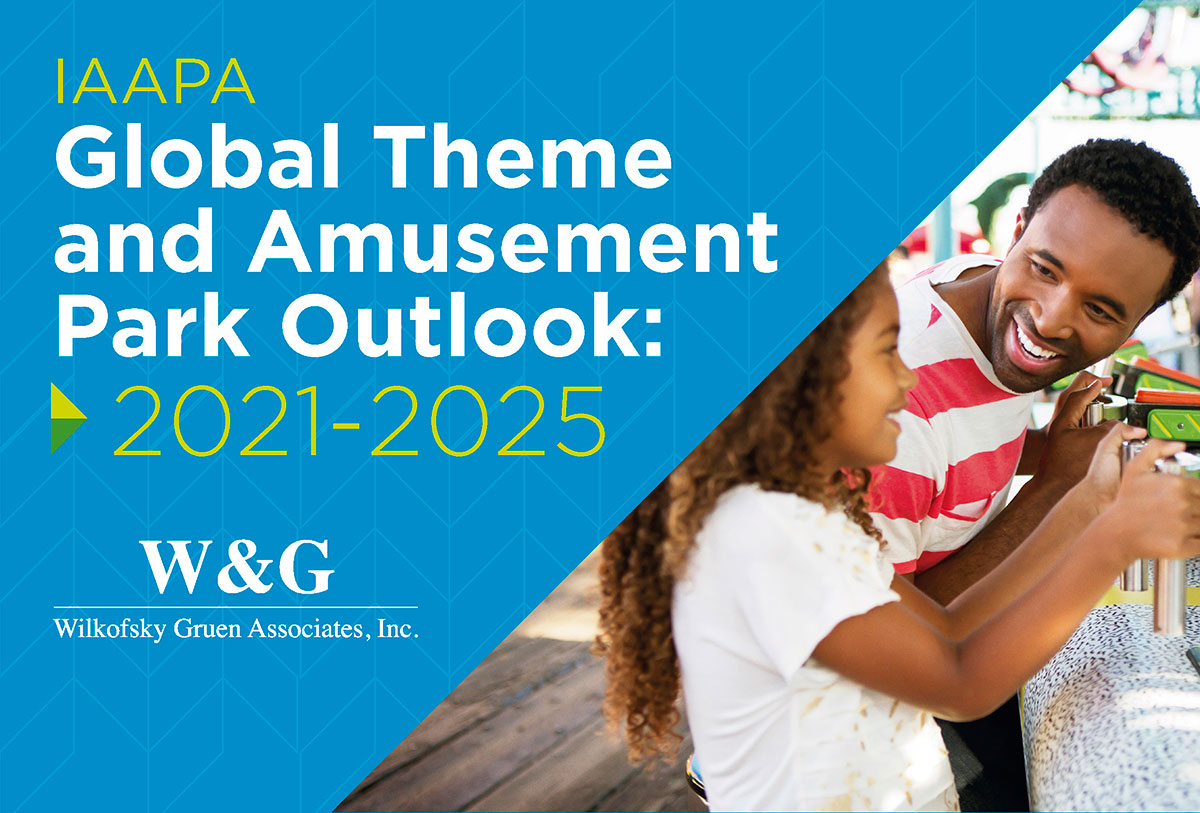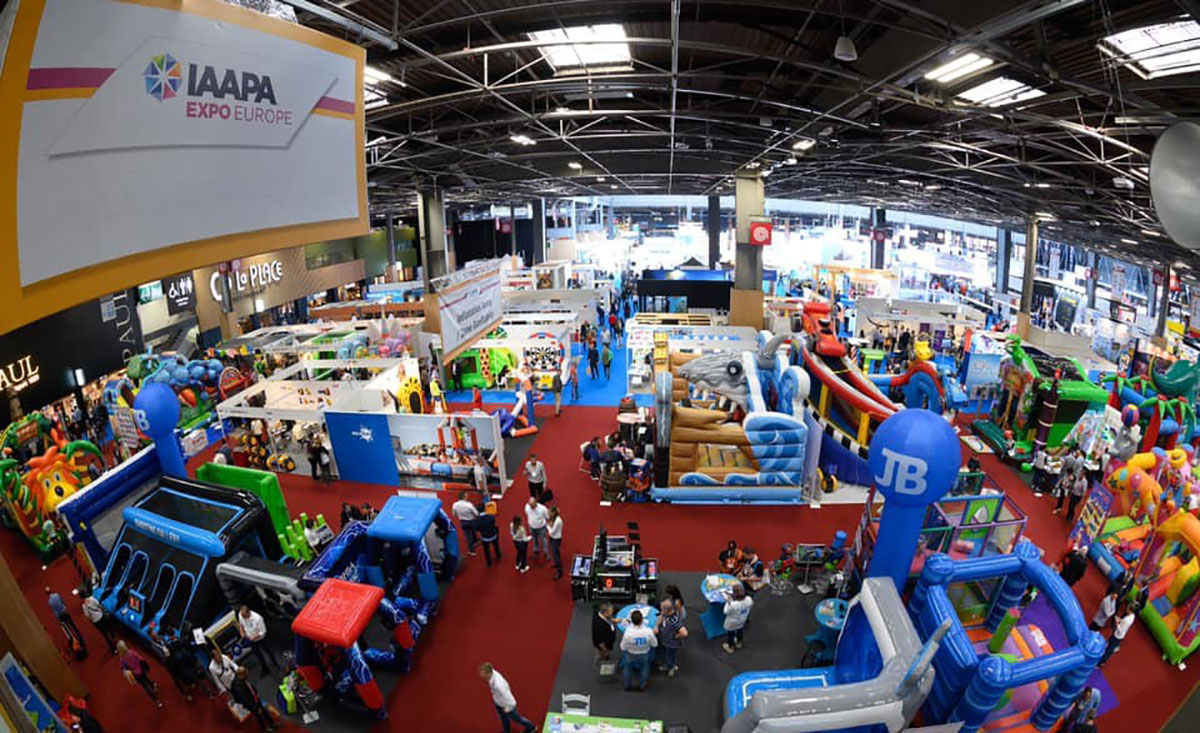
The International Association of Amusement Parks and Attractions (IAAPA) annually updates its five-yearly report on the economic vicissitudes that have shaped the industry globally and are likely to shape it in the future. The report’s latest update, entitled Global Theme and Amusement Park Outlook: 2021-2025, analyses data and forecasts for the five-year period for five geographic areas: Europe, the Middle East and Africa, Latin America, Asia/Pacific and North America. In this first in a series that will cover each of these areas, we look at Europe.

The report begins by defining the economic parameters on which the analysis and forecasts are based. Therefore, IAAPA technicians inform us that the income of theme and amusement parks is made up of between 80% and 90% of the “spending” that visitors make in them, and between 20% and 10% of the income from licences, sponsorships, organisation of events and other activities “not directly related to the theme and amusement park experience itself”. It goes on to say that between 55% and 60% of this revenue is due to the purchase of admission tickets by visitors, whilst the purchase of food, retail products and other indoor spending is responsible for between 25% and 30%. However, the report does not take into account park revenues from licensing, sponsorship, events and other activities, nor does it include spending at zoos, museums, family entertainment centres, stand-alone water parks, hotels and the like.
Theme and amusement parks were leaving the health crisis behind them, in Europe as in the rest of the world, in 2021. In that year, the overall number of visitors to theme parks and amusement parks on the continent reached 120.9 million. We can get an idea of the magnitude of the turnaround by noting that this figure represented a 103.5% growth in attendance at European parks compared to 2020 (when it was just 59.4 million, when the increase was on a negative trend and visits plummeted by 66.4%). However, the figures for 2021, when the parks reopened, were still a far cry from the 176.9 million visits in 2019, prior to the pandemic’s impact. The IAAPA report therefore predicts that from 2022 onwards, and as early as 2023, attendance at theme and amusement parks in Europe will reach pre-2020 and pre-pandemic levels. In other words, it forecasts 167.6 million visitors in 2022 (currently under development), and 181.5 million, or a positive growth of 2.5% compared to 2019, in 2023. In contrast, the report forecasts visitor growth of 5.2% in 2024 (compared to 2023) and 3.9% in 2025 (compared to the previous year).

The report also estimates that, in Europe, in total, spending on theme parks and attractions fell by 63.3% in 2020, from €7,203.52 million to €2,641.72 million (or from $7,826 million to $2,870 million). However, this decline was accompanied by a sharp increase in per capita spending of 9.2%, from €40.72 to €44.48 (or from $44.24 to $48.32), “by far its largest gain during the past five years”. The study forecasts that per capita spending will stabilise in 2022 (with an increase of just 0.5%), and that from 2023, when it will rise again by 4.1%, it will increase annually by around four percentage points.


Beyond the quantitative analysis, the report makes a qualitative examination of the sector’s strengths, and asserts that “the initial rebound in the theme park market in early 2021 also reflects its strong economic fundamentals“. The paper refers in particular to the fact that theme parks and amusement parks, which are part of the “ticketed entertainment market”, have not been negatively affected by competition from digital alternatives, as concerts and music festivals, sporting events and cinemas, among other attractions, have been. After all, the shared out-of-home experience provides an added value that people appreciate and are willing to pay for. Finally, the report points out as factors helping to increase both visits and revenues, the streamlining of queues with mobile apps and other technologies, dynamic pricing policies, as well as the trend towards advance bookings to spread demand throughout the year or the creation of contactless and cashless forms of payment.

Source: IAAPA. Images: IAAPA.






